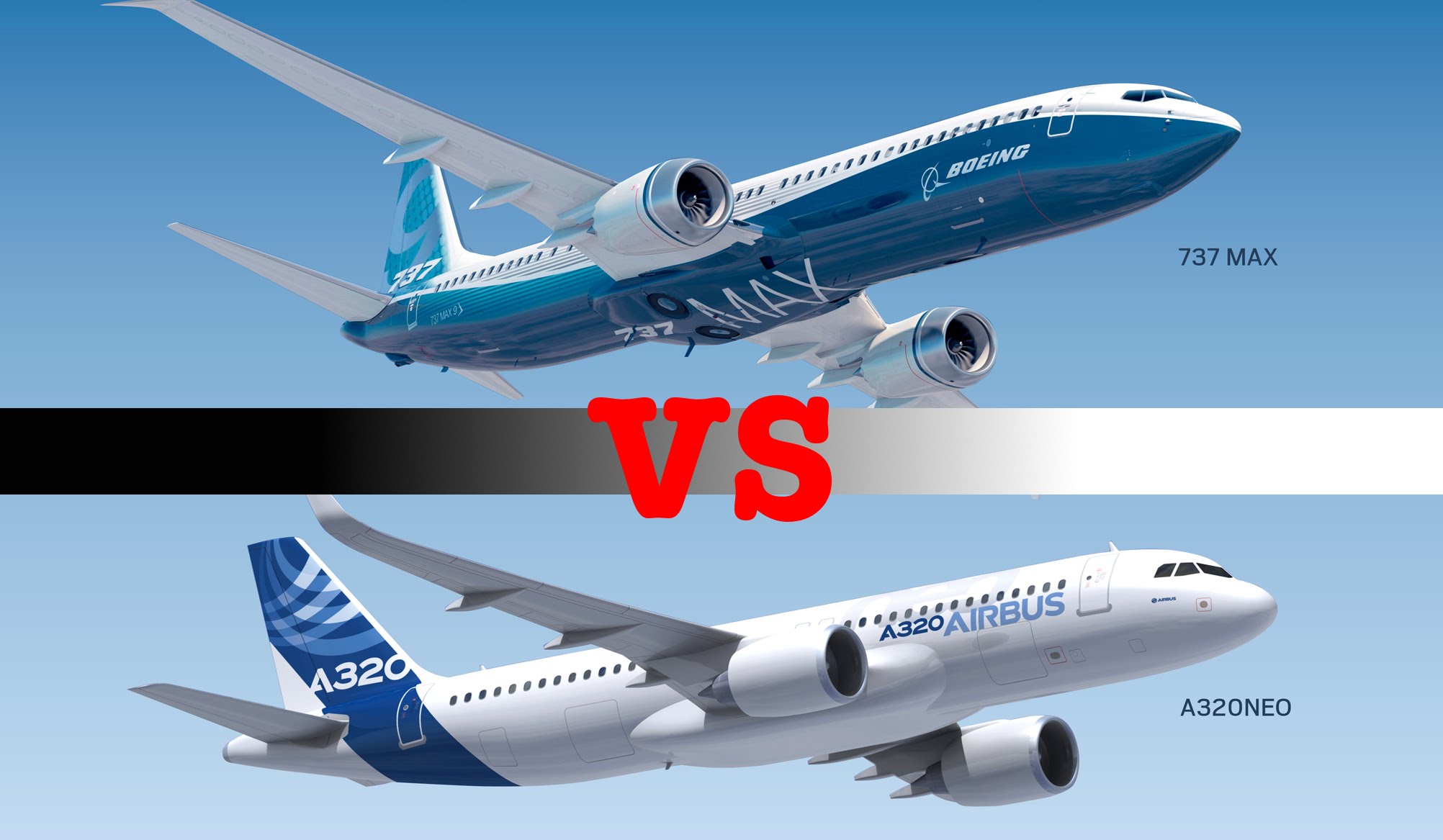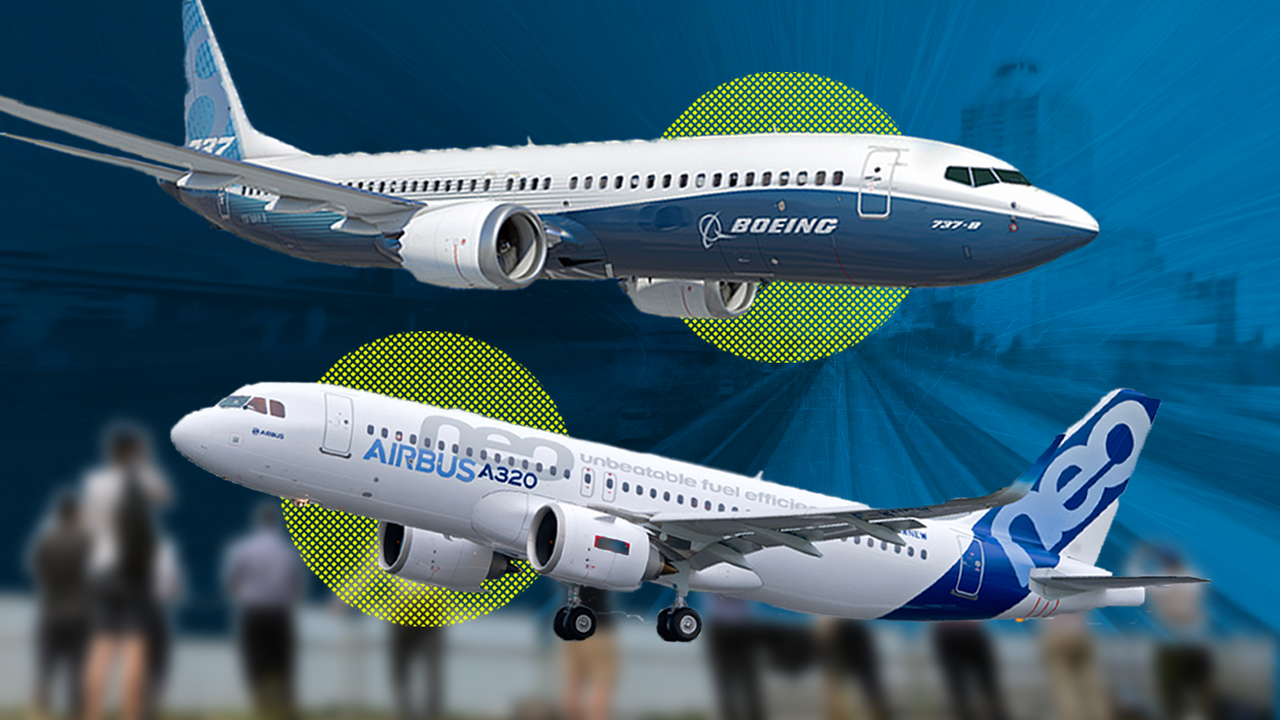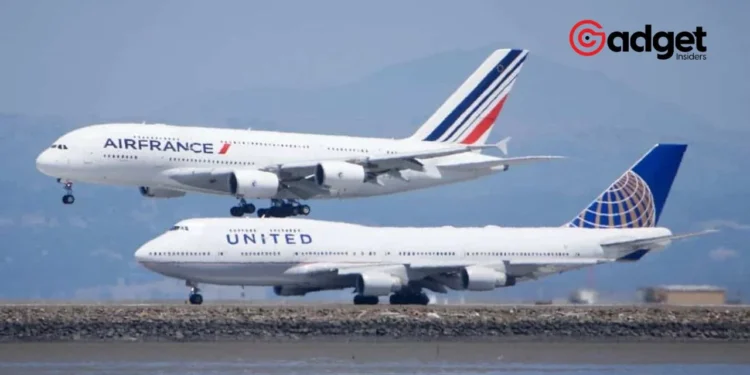The airline industry’s landscape has been dominated for decades by two manufacturing giants: Boeing from the United States and Airbus from Europe. Their competition is not only a matter of technological innovations and market shares but also heavily pivots on their safety records.
Recent data and incidents have brought this aspect into sharp focus, raising questions about the operational integrity and safety protocols of these titans.

The Safety Scorecard: Comparing Boeing and Airbus
In recent years, Boeing has found itself scrutinized more intensely following a series of safety lapses, most notably the tragic crashes involving its 737 MAX 8 models in 2018 and 2019.
These incidents not only led to a temporary grounding of the model but also triggered a leadership overhaul with the company’s CEO resigning after the loss of a door on a Boeing 737 MAX 9 in early 2024.
This specific incident on an Alaska Air flight highlighted potential oversights in manufacturing, linked possibly to the company’s financial incentive programs which, until recently, heavily favored profitability over quality and safety.

On the other hand, Airbus has also faced its challenges, though less dramatic, with quality concerns being raised in some of its latest deliveries, including an incident involving an emergency landing by an Airbus A319 due to a door-related issue.
The competition between these two industry leaders can be starkly observed in the number of reported aviation incidents. An area chart visualizing this data shows that from 2014 to early 2024, Boeing has consistently had higher incident rates compared to Airbus.
For instance, in 2023, Boeing recorded 137 incidents, while Airbus had 40. The total for Boeing in early 2024 was already at 20 incidents, pointing to a troubling trend for the American manufacturer.
Airbus Vs. Boeing: ¿quién suministra más aviones a las aerolíneas? https://t.co/0n6wuTbqdC
— hosteltur (@hosteltur) April 14, 2024
Financials and Market Impact
The financial implications of these safety issues are significant. The U.S. remains Boeing’s largest market, accounting for 58% of its annual revenues. In contrast, North America ranks as the third-largest market for Airbus, trailing behind Europe and Asia.
This difference in market dynamics further emphasizes the broader impacts of each incident not only on the companies’ reputations but also on their financial health and global market position.
Regulatory and Company Reactions
Both companies have been under the microscope of regulators and industry watchdogs. The Federal Aviation Administration (FAA) and other regulatory bodies have faced criticism for their “self-certification” policies, which were particularly highlighted after the Boeing crashes.
In response, Boeing has revised its reward system to increase the emphasis on safety and quality metrics, now constituting 60% of the annual bonuses for their commercial unit.
Airbus, while encountering fewer incidents, is not immune to scrutiny. The manufacturer has taken steps to address customer complaints and delays, which, although less severe than Boeing’s issues, still impact customer trust and business operations.

A Flight Path Forward
As the data illustrates, both Boeing and Airbus are at crucial junctures. For Boeing, the challenge is to restore faith in its aircraft and safety practices, a task made urgent by the recent spate of incidents and historical safety issues.
Airbus, while currently in a comparatively less severe situation, must ensure its quality control can keep pace with its growth and prevent any future safety lapses. The airline industry, serving millions and underpinning global connectivity, cannot afford complacency from its leading manufacturers.
As these companies continue to navigate through their respective challenges, the focus on safety, quality, and reliability will be more critical than ever, not just for their survival but for the safety of air travel globally.










